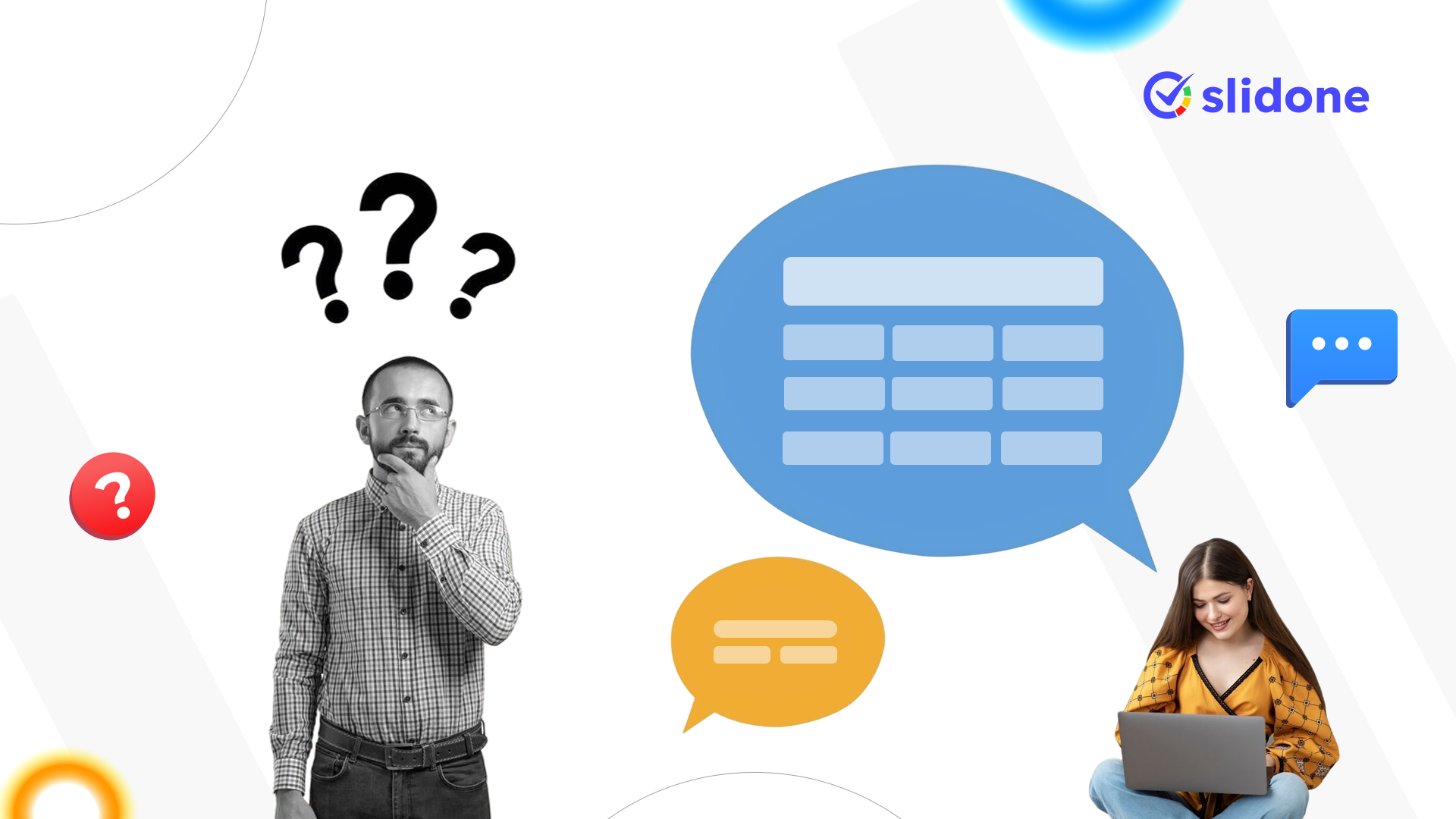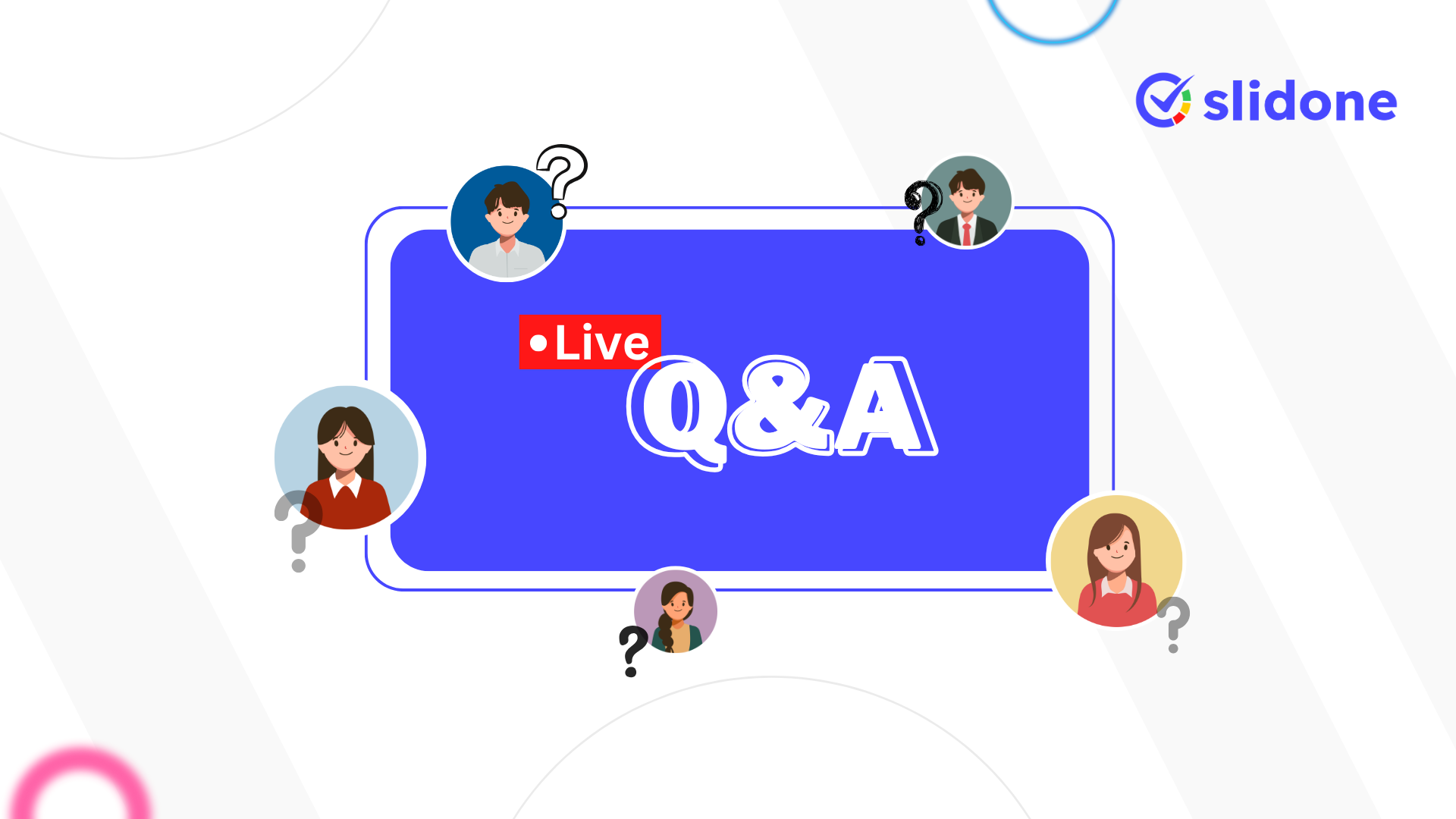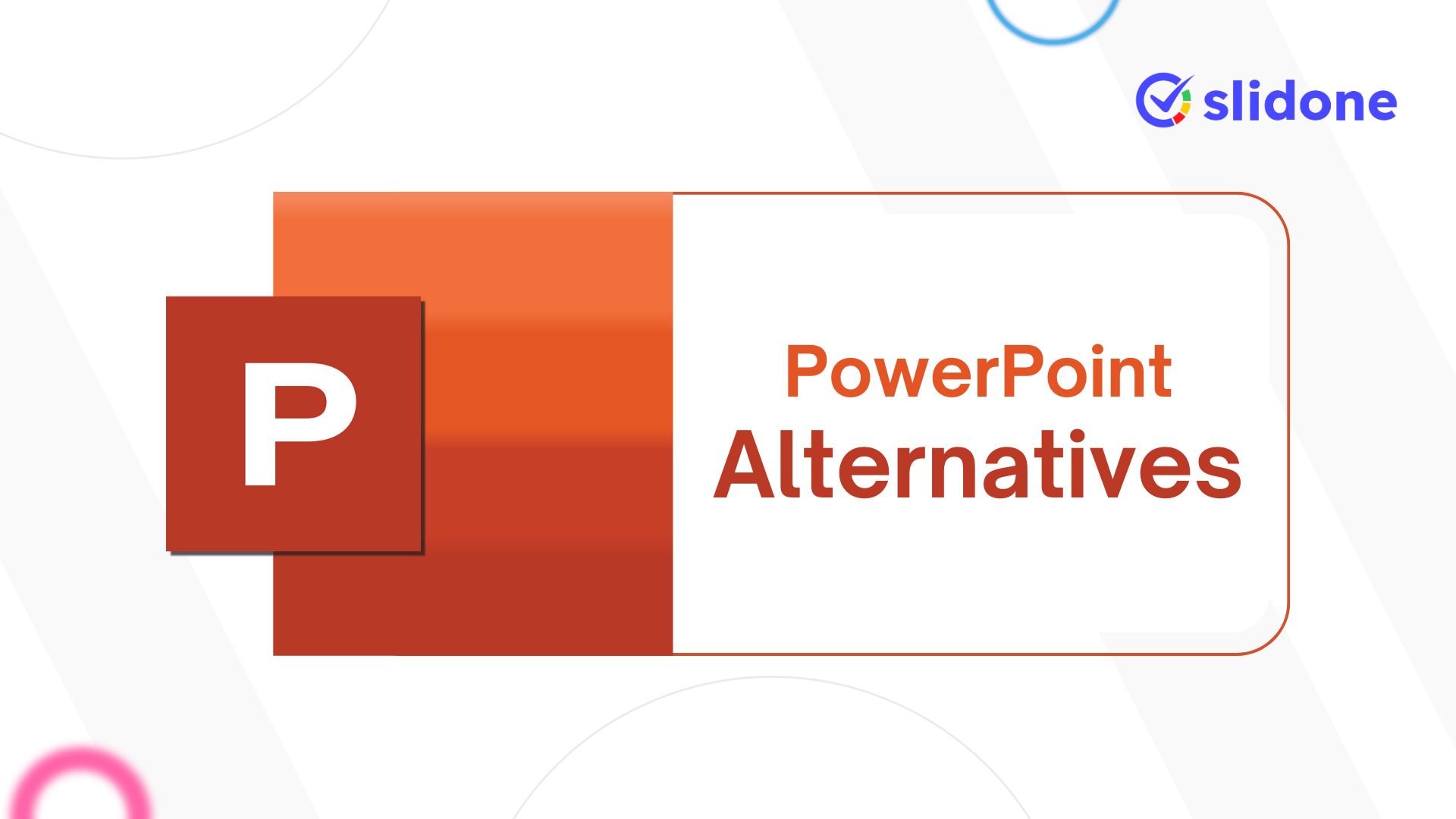Communication is not just about the exchange of information; it pertains to emotional understanding and the intention behind it. Open-ended questions allow better dialogues, thereby enabling a relationship to be built. It opens the mind of the person to pour out his or her feelings. Therefore, open questions differ from alternative polar questions in that the former proffers reasons and deeper responses. Open-ended questions have been particularly useful in academia, business, and health-related fields where it may be necessary to get a person’s perspective. This blog will explain what open-ended questions are, consider some of the different types, give real-life examples, and furnish tips on how to use them to attain more effective communication.
What Are Open-Ended Questions?
Open-ended questions are those that cannot be answered by simply saying yes or no. They encourage the person to state, explain, or describe his or her opinions, thoughts, or experiences in a more detailed response. These kinds of questions usually start with “how,” “why,” “what,” or “describe,” which elicit a longer response. By using this line of inquiry, you will more clearly understand another’s perspective, and a deeper conversation and interaction will be fostered. Such questioning is very useful in discussions, interviews, and questionnaires if you want to determine what the respondent really feels about something or what his or her opinion about it is.
Why Are Open-Ended Questions Important?
- Encouraging Responsive Thoughts: Open-ended questions allow for the respondent to give more reflective responses and to think deeply on the topic at hand.
- Relationship Building: These questions can be used in personal and professional life, too, whereby, through them, relationships can be built based on mutual respect and trust since one is actually showing interest in the perspective of the other persons.
- Detailed Form: These are necessary in every instance where there is a need for specifics in feedback or insight, such as in customer surveys, interviews, and educational assessments.
- Stimulating Creativity: Free-response questions allow the respondents to answer in creative and sometimes unpredictable ways.
Types of Open-Ended Questions
Open-ended questions come in various forms, each serving a different purpose. Understanding these types can help you choose the right question for the situation.
1. Descriptive Questions
Descriptive questions ask the respondent to describe something in detail. These questions often start with “what” or “how,” and they prompt the respondent to provide a narrative or explanation. For example:
- “What was your experience with our customer service like?”
- “How did you approach solving this problem?” These questions are useful in gathering detailed accounts of events, experiences, or processes.
2. Exploratory Questions
Exploratory questions are designed to delve deeper into a topic, allowing the respondent to explore ideas or possibilities. They often begin with “why” or “what if,” prompting the respondent to think critically and consider different angles. For example:
- “Why do you think this strategy worked well?”
- “What if we approached this project differently?” Exploratory questions are particularly valuable in brainstorming sessions, research, and strategic planning.
3. Reflective Questions
Reflective questions encourage respondents to think about their actions, experiences, or feelings. These questions often start with “how” or “why” and are commonly used in coaching, counseling, and self-assessment. For example:
- “How did you feel about the outcome of this project?”
- “Why did you choose this approach?” Reflective questions help individuals gain insights into their behaviors and decisions, often leading to personal growth and development.
4. Comparative Questions
Comparative questions ask the respondent to compare two or more items, ideas, or experiences. These questions often prompt analysis and evaluation, making them useful in decision-making processes. For example:
- “How does this year’s performance compare to last year’s?”
- “What are the differences between these two products?” Comparative questions help identify strengths, weaknesses, and preferences, aiding in informed decision-making.
5. Analytical Questions
Analytical questions prompt the respondent to analyze information, break it down into components, and provide insights based on their analysis. For example:
- “What are the key factors contributing to this issue?”
- “How do these trends affect our business strategy?” These questions are valuable in research, problem-solving, and strategic discussions.
Open-Ended Questions Examples in Various Fields
Open-ended questions are versatile and can be applied across different fields to gain deeper insights and foster meaningful discussions.
Education
- “What challenges did you face during this assignment, and how did you overcome them?”
- This question encourages students to reflect on their problem-solving processes and the skills they developed during the task.
- “How does this concept connect to what we learned in the previous lesson?”
- By asking this, educators encourage students to make connections between new and prior knowledge, deepening their understanding of the subject matter.
Business
- “What are your thoughts on the recent changes in our company’s policies?”
- This question allows employees to express their opinions and provide feedback, which can be valuable for leadership when considering further adjustments.
- “How do you think our new product will impact the market?”
- Such a question invites employees to think critically about market dynamics and share their insights, potentially leading to strategic adjustments.
Healthcare
- “Can you describe how your symptoms have changed since your last visit?”
- This question helps healthcare providers gather detailed information about a patient’s condition, aiding in diagnosis and treatment planning.
- “What are your thoughts on the treatment options we’ve discussed?”
- By asking this, doctors can better understand a patient’s preferences and concerns, leading to more personalized care.
Personal Relationships
- “What are your goals for the future, and how can we support each other in achieving them?”
- This question fosters deeper conversations and mutual understanding in relationships, helping both parties align their goals and support each other’s growth.
- “How have you been feeling about the changes in our lives recently?”
- This question allows for open communication and emotional support, strengthening the bond between individuals.
Tips for Using Open-Ended Questions More Effectively
To get the most out of open-ended questions, it’s important to use them strategically. Here are some tips for doing so:
1. Be Clear and Specific
When asking open-ended questions, it is necessary to be specific so the respondent does not misunderstand what you are asking. A question that is vague may confuse the respondent, hence giving you a response that is also unclear. Be direct in your question while keeping it open. For instance, instead of “What do you think? “, ask, “What do you think about the new team collaboration tool? – It will encourage more detail in the feedback; the respondent will know exactly about what you are asking, which will provide more useful and insightful responses. The more clearly you word your questions, the better the answers you’ll receive.
2. Encourage Detailed Responses
In conversations, one must encourage respondents to give more elaborative responses. If the response is short, one may ask for an elaboration by asking follow-up questions. For instance, when they make any comment that seems to be quite interesting but without giving any details, one can simply say, “That’s really interesting-can you elaborate a little bit on why you think that?”. This approach shows that you value the other person’s thoughts and further the conversation beyond superficial comments to more substantive and enlightening ones. Moreover, by letting people explain themselves, it might also come in handy to learn something quite useful that would have otherwise been passed over.
3. Create a Comfortable Environment
You need to provide a space in which the respondents feel safe and respected. If people feel valued and they can’t be judged, they would start opening up and sharing their thoughts. Be sensitive to the approach, make sure the language is not threatening; then listen. Being transparent about the purpose and manner in which their feedback is going to be used will help gain confidence. In essence, a non-threatening environment elicits genuine responses, which are usually better and more instructive. These would then lead to the more information-filled feedback that would serve in making wiser decisions.
4. Avoid Leading Questions
Leading questions have the effect of subtly influencing the respondent towards your line of thought. For example, “Don’t you think this new policy is effective?” These words might give a biased response to them, and could even discourage truthful reactions at all. Some good examples of wording a question could be open-ended questions such as “What do you think about the new policy?” This invites a much more genuine response and gives the person room to state their real opinion. Your questions are neutral, therefore, encouraging more reflective and unbiased responses; the insights will be better and more accurate.
5. Practice Active Listening
It means that active listening encompasses complete attention to a speaker and showing appreciation for what he says. This may be in simple behaviors of nodding, keeping eye contact, or even just summarizing briefly what was said. These little gestures become important indicators that make another person open up to communication more actively. Trust is developed, and a good atmosphere is created when one practices active listening; hence, this helps in communicating more effectively. This trait finds its application both at a personal and professional level, yielding better understanding and stronger relationships.
6. Use Open-Ended Questions in the Right Context
Open-ended questions are the tool for extracting thorough information and profound discussion. They always work in interviews, feedback sessions, or even brainstorming meetings where one wants to get elaborate answers from people. However, sometimes they will not be appropriate. During times when quick and factual responses work best, for instance, one should instead use closed-ended questions. These obviously yield sharp responses without the need for lengthy elaboration. It is very important to know just when to employ which type of question, whether in communicating effectively or gathering information. You ensure that by choosing an appropriate question format depending on the context, the responses you get will be relevant and useful.
Conclusion
Construction of open-ended questions remains one of the most powerful methods to develop meaningful communication and elicit more desirable and detailed information. Learning open-ended questions and how to apply them will in turn definitely improve your interactions, be it personal or professional. Whether it be to establish relationships, gather feedback, or even encourage critical thinking, open-ended questions can really help provide the depth and clarity that may be required for successful communication.





Leave a Comment
Your email address will not be published. Required fields are marked *